Invasive species from different corners of the world are slowly making their way into the New York landscape. Invasive species can cause damage to the environment and threaten native species. These species have either been deliberately brought into the country or arrived on their own, posing a significant threat to the region’s biodiversity.
This article explores invasive species in New York that cause havoc to its environment and prevention strategies to control their spread.
How Are These Invasive Species Introduced?
Introducing undesired invasive species is a sad outcome of global travel and commerce. Shipping pallets and boxes, baggage, boat ballast water, and even individuals may accidentally introduce invasive plants, insects, and illnesses to new places. Some species were purposely introduced for beautification, agriculture, and other uses, unaware that they would become harmful.
Consequences of Terrestrial Invasive Species
Invasive species negatively influence many elements of life, from enjoyment to livelihood. The invasive spotted knapweed may take over agriculture fields, restricting crop productivity and animal feed. The hemlock woolly adelgid is a destructive bug that defoliates and destroys hemlock trees, which are vital for preserving habitat near streams.
Invasive species also ruin the places we love and need expensive remedies, whether they harm the economy or the ecology.
Some Invasive Species in New York State
1. Asian Longhorned Beetle
The Asian Longhorned Beetle (ALB) (Anoplophora glabripennis) is an invasive beetle that was thought to have come to New York from its native China in untreated shipping and wooden crates.
Since ALB likes to live on maple trees, spreading the beetle to the rest of the state would be bad for the maple syrup business because healthy sugar plants would die as consequence. Plus, Maple is suitable for making furniture, floors, and other things.
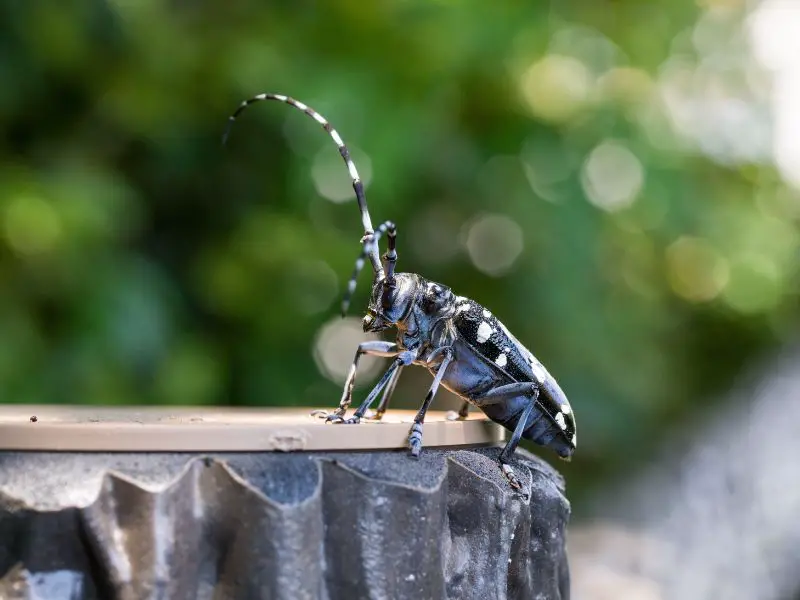
2. Giant Hogweed
Giant hogweed is originally from Asia but was brought to the U.S. as a garden decoration back in the XX century. Over the past two decades, the plant has spread to Midwestern and Eastern states. But how invasive are they? Its sap can cause third-degree burns or even make you blind if it gets in your eye. So be careful with the Giant Hogweed.
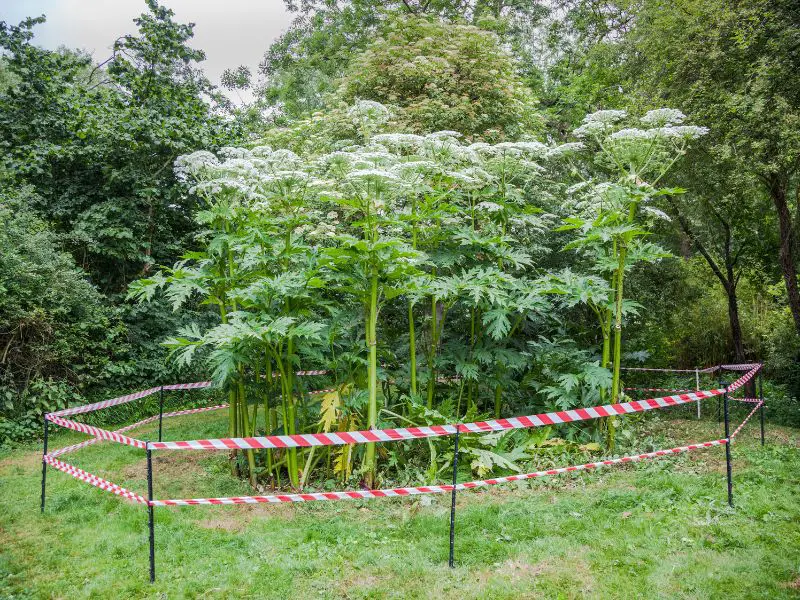
3. Sirex Woodwasp
Sirex Woodwasp larvae, Sirex noctilio, burrow deeply into the trunks of all types of pine trees.
The Sirex woodwasp (S. noctilio), also an invasive species in the woods of the Southern Hemisphere, has been responsible for the death of millions of North American pine trees. Up to this day, the Sirex woodwasp is responsible for somewhere between $16 and $60 million worth of yearly damages in those woods.
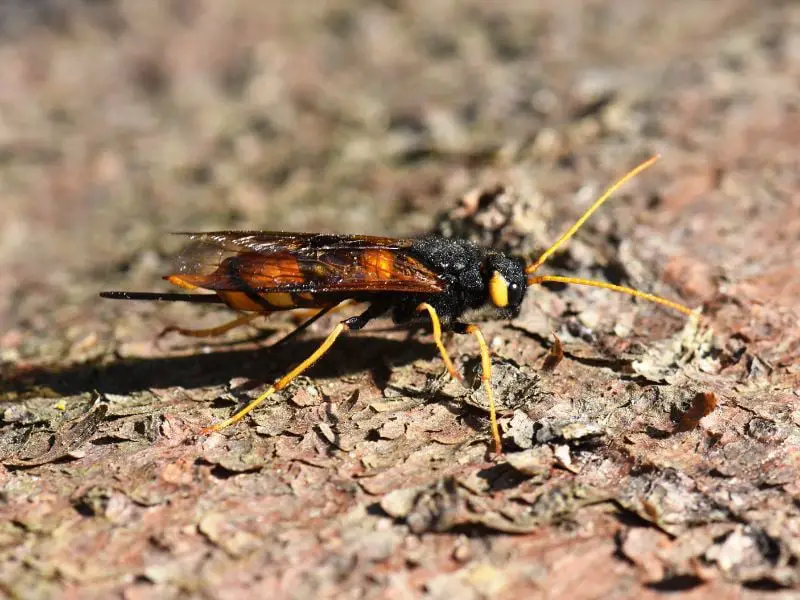
4. Spotted Lanternfly
The spotted lanternfly (SLF) is an invasive insect from Asia that feeds predominantly on trees and fruits. This insect alters New York’s woods, agriculture, and tourist economies.
These invasive insects can travel wide. If this pest spread further, it could hurt the grape, hops, orchards, and logging industries in the United States in a big way. The spotted lanternfly feeds on over 100 species, most of which are woody plants.
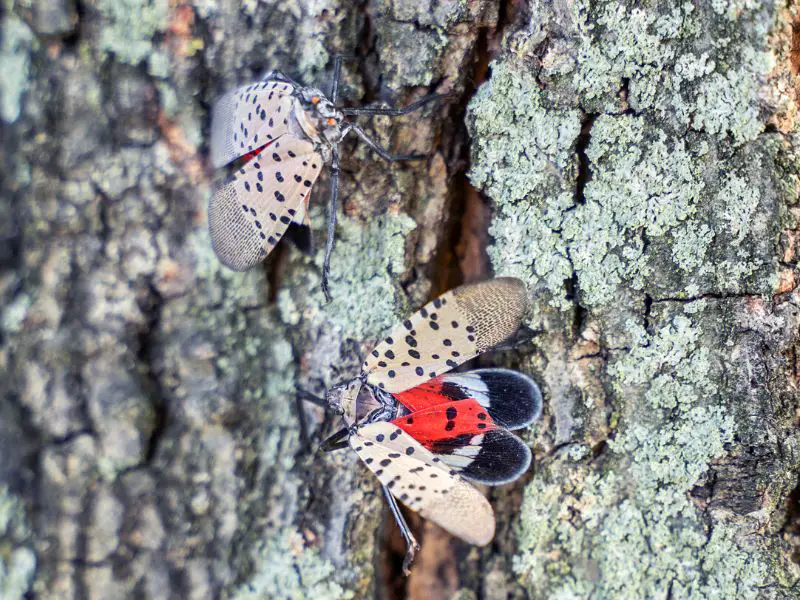
5. Emerald Ash Borer
The Emerald Ash Borer (EAB) is the common name for a wood-boring beetle known scientifically as Agrilus planipennis Fairmaire (Coleoptera: Buprestidae). Originally from Asia, its population was first confirmed in southeast Michigan and Windsor, Ontario, in 2002.
During the mid-1990s, EAB was most likely brought to the region in ash wood used for transporting pallets and packing materials in cargo ships or shipping containers.
Since its introduction, the EAB has swiftly expanded throughout North America, bringing down the ash tree population by destroying up to 99 percent of ash trees in its course.
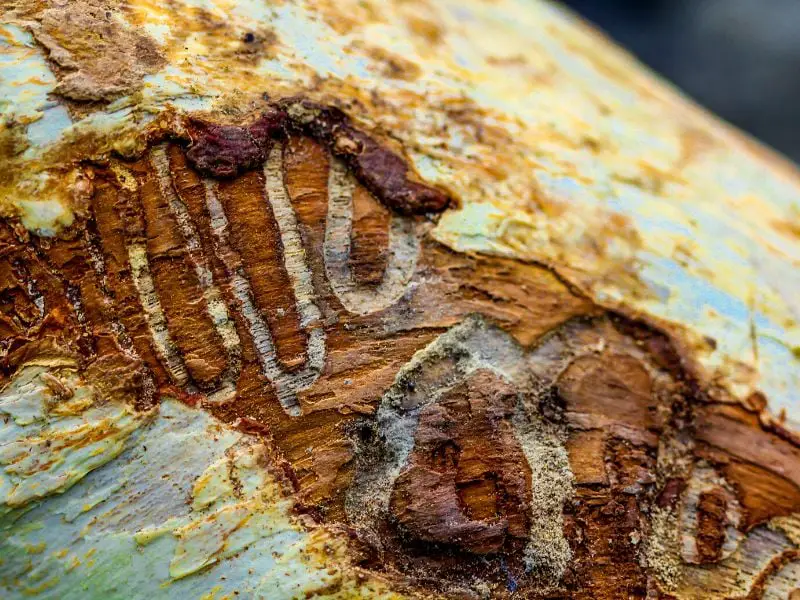
Related: Invasive Species in Hawaii, Invasive Species in Michigan
Prevention of Invasive Species
General Guidelines
- Find out about the invasive species that are taking over your area. Check this site to see what species to report when seen. Check New York iMapInvasives to learn about how.
- Help PRISM search and remove invasive plants. Here you’ll learn new ones and participate in one of the other events they are hosting.
- Learn and spread awareness on appropriately disposing of invasive plant species.
- Strange sighting in the woods, field, or yard? Send your photos and specimens to the Forest Health Diagnostic Lab. They can help you determine what it is and what to do with it.
Tips for Outdoorsy People (Hikers, hunters, travelers)
- Seeds from invasive plants can stick to garments and shoes. It’s best if you can wear clothing that’s resistant to seed. Seeds can easily cling to Fabrics like Wool, fleece, and Velcro®, so it’s best to use smoother materials like nylon.
- Clean your hiking boots and gear after use to prevent invasive species from spreading. Use a disinfectant spray or wipe the shoes after use. You can also carry a brush, scissors, and some tools for cleaning outdoor gear.
- Do not wash your gear in streams or rivers. If you do, use biodegradable soaps and clean your gear thoroughly before drying them.
- When camping or hiking, make sure that you pack out all trash and waste that you bring. Dispose of all to a designated cleaning station or waste-disposal areas. Invasive insects and illnesses likely spread through the transport of firewood.
- Check New York’s firewood regulations before carrying wood on a camping or holiday trip.
Tips for Gardeners and Landscapers
- Put more emphasis on native plants when gardening or landscaping. Check this PDF for suggestions on what native plants are best for the garden or landscape.
- When buying plants, shop around and research before you buy. Choose native over non-invasive plants.
- Avoid buying plants that are infested with pests or diseases.
- Make sure to buy local mulch. And in fact, mulch and compost can retain moisture in the soil, which helps against moisture loss. This can help prevent the spread of invasive species.
- Make yourself knowledgeable about invasive species. Take time to learn about NYS’s prohibited and regulated plant species.
Invasive species pose a significant environmental risk because they can cause climate change, and biodiversity loss and threaten native plants and animals. Invasive species can even harm agricultural and forestry systems. Plus, they can infect people and cause serious illnesses.
To fight invasive species, we need to control their spread. Thus a widespread use of well-designed guidelines and even regulations through policies and treaties is necessary to prevent future introductions of invasive species.
Want to do your part? Share this post. Spread awareness. Whatever you do, remember that we are responsible for our environment, and we must do our part to safeguard it against the long-lasting consequences of invasive species before it’s too late.


3 thoughts on “5 Invasive Species in New York: How to Prevent Their Spread and Growth”